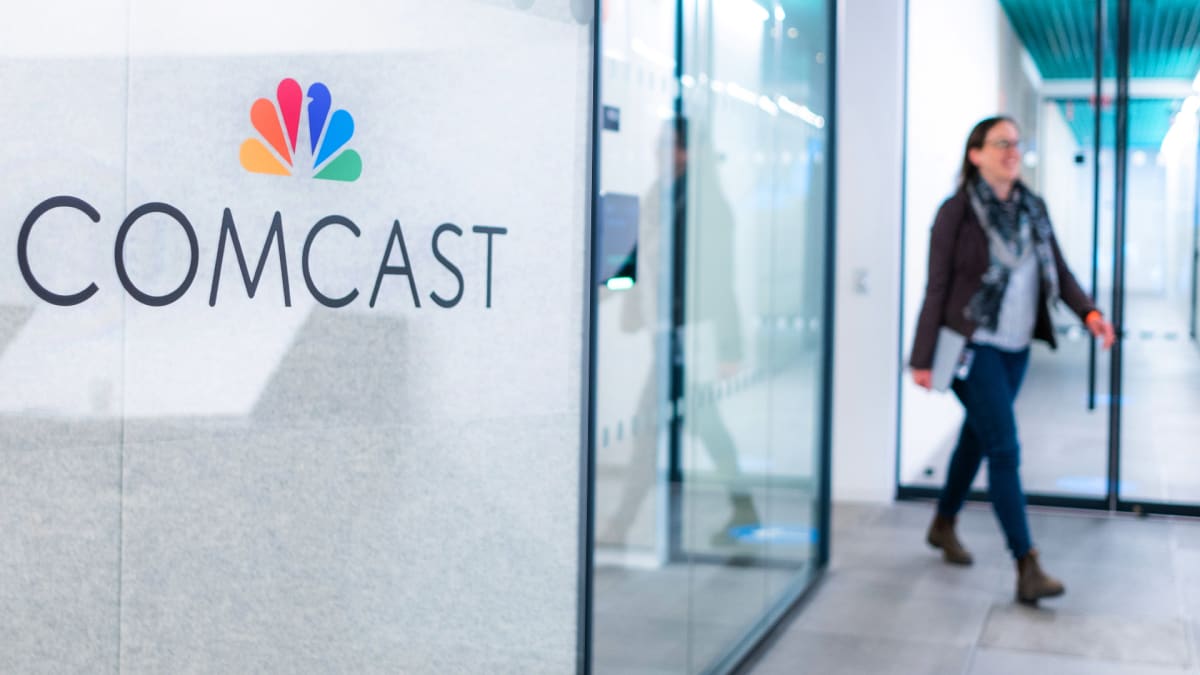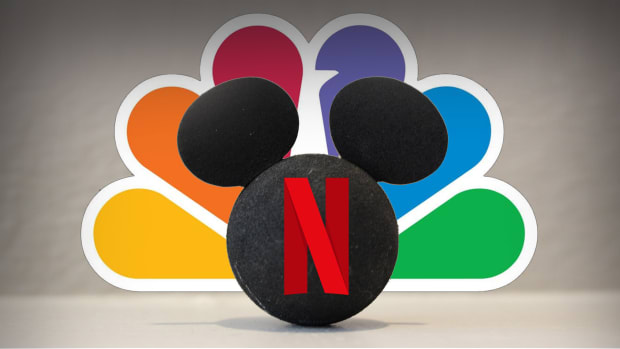
People still watch regular old TV.
Sure, there’s a sense that everything has moved over to streaming, and the act of just turning on the television and clicking around until you find something to watch is as outdated as smoking on an airplane.
People do still watch television, as we’ve written about, but it’s mostly for the sort of big events you want to watch live with everyone else, such as the Super Bowl or the Oscars. Both of those can now be streamed through various services (in the case of the previous examples, you can stream through the Fox Sports app and either Hulu Live TV or YouTube TV, respectively.)
Don’t Miss: This Viral Series Just Smashed A Billion Minute Streaming Record
But while traditional TV might not be dead, it’s certainly seen better days, as more and more people are cutting the cord and flocking to streaming.
Pay-TV providers lost a total of 5.88 million, or 7.7%, net video subscribers in 2022, compared to a loss of 4.7 million in 2021, according to the latest tally from Leichtman Research Group, as noted by The Hollywood Reporter.
Cable providers were hit hardest, as they lost 3.5 million subscribers, or 8.55%, in 2022, versus 2.7 million in 2021.
Comcast (CMCSA) took the biggest hit, losing over 2 million subscribers, or 11.2%, followed by Charter (CHTR), which had a loss of 686,000, or 4.3%. Cox saw an estimated loss of 340,000 subscribers or 10%. Additionally. satellite TV provider DirecTV lost an estimated 1.5 million subscribers in 2022, or 10.3%.
Cord-Cutting Is A Problem For The Industry
While some form of live television will likely stick around, cord-cutting doesn’t seem likely to stop anytime soon, as streaming continues to overtake cable.
But this is tough for the industry, which has grown reliant on cable fees from providers, and the money from subscriber fees and streaming ads is not making up the difference just yet, as Disney (DIS) CEO Bob Iger recently noted in the company’s first-quarter earnings call.
“The streaming business, which I believe is the future and has been growing, is not delivering the kind of profitability or bottom-line results that the linear business delivered for us over all over a few decades,” Iger said. “And so we’re in a very interesting transition period, but one I think, is inevitably heading towards streaming.”
For example, Peacock reported more than 20 million subscribers in the latest quarter of 2034, its strongest quarterly gain since launching in 2020. But it came with a widening loss of $2.5 billion for its linear business in 2022.

TheStreet
Is Cord Cutting Bad For Consumers?
On one hand, it’s cheaper to subscribe to Netflix (NFLX) and HBO Max (WBD) than to pay for a basic cable package that comes with a bunch of stuff you might not want.
But as TheStreet’s Dan Kline pointed out recently, “You may never watch Cooking Channel and I might never turn on Lifetime Movie Network, but if we both have a classic cable bundle we're inadvertently supporting each other's choices.”
Without that guaranteed money, people who prefer streaming will ultimately have fewer options to enjoy, as “programs get cut, fewer shows get made, and eventually, some channels go away.”







